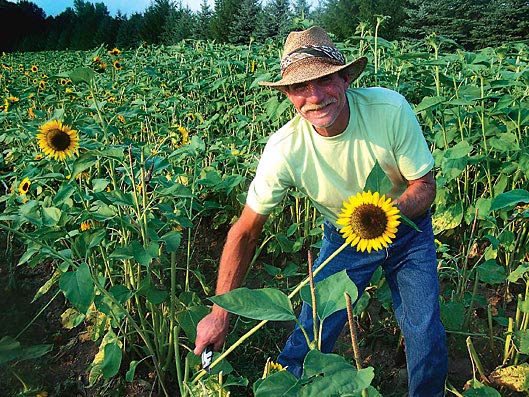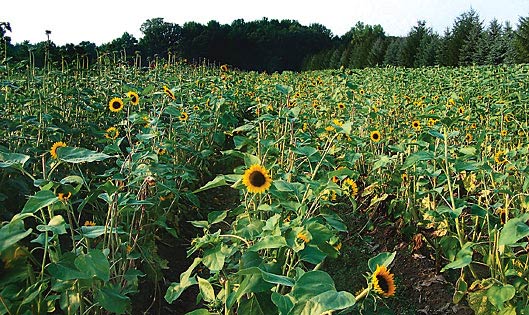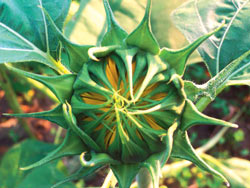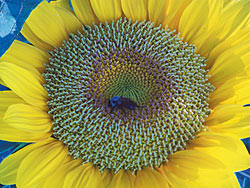I planted a silver mound in mid-August. As of late September, it wasn’t very big (about 8 inches), but it is already “flopping” (i.e. parting in the middle). Why is this and what can I do to prevent it? The plant is in full sun.
It sounds like a case of too much of a good thing. Silver mound (Artemisia) tends to get leggy and flop in the humidity of our summers, especially if grown in good garden soil. Relocation to an area of sandy, lean (nutrient poor), and fast-draining soil in full sun should postpone the flopping next summer. However, silver mound can still separate by late summer if allowed to get too large. If this occurs, it can be sheared back for fresh growth.




